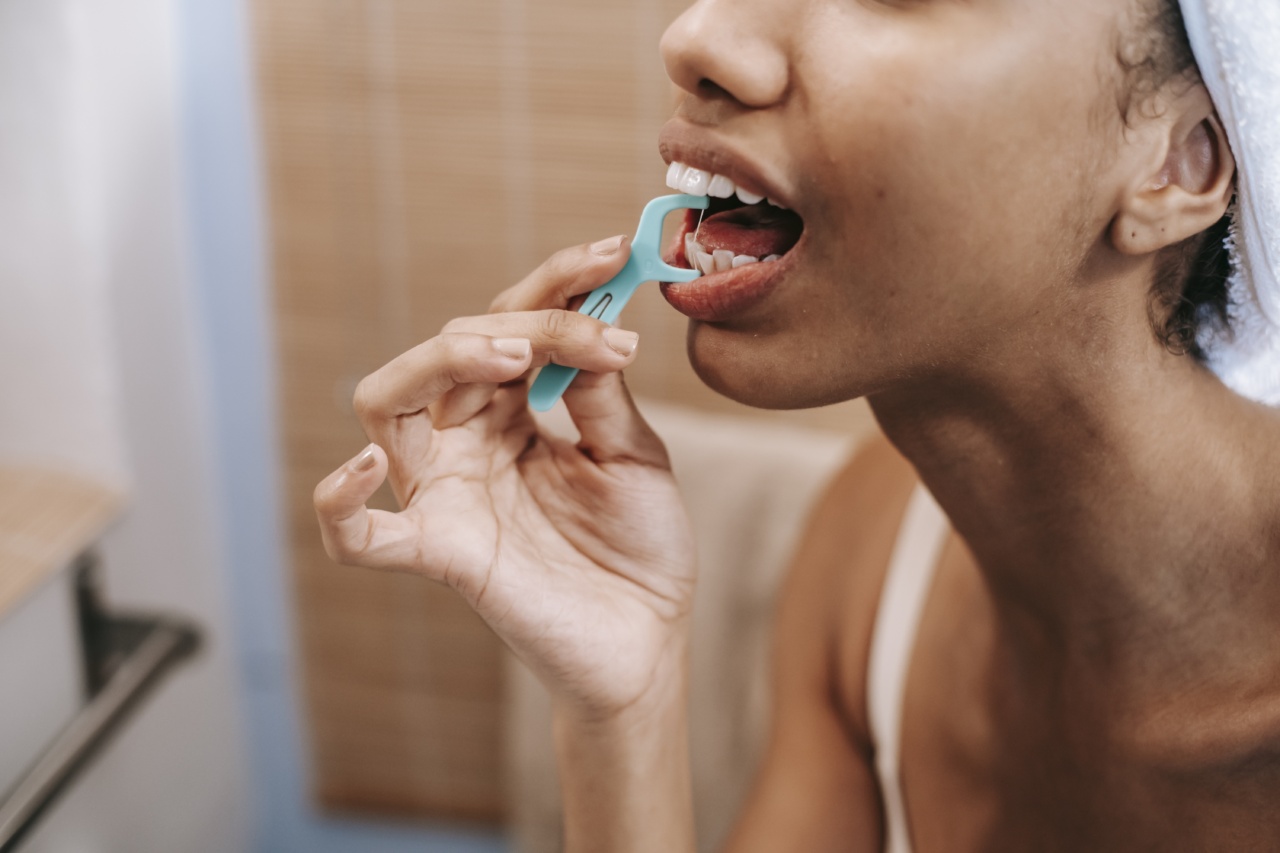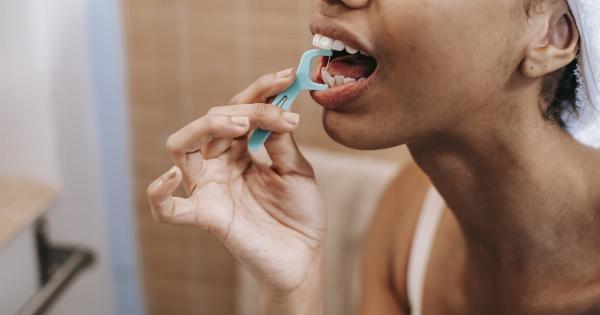Plaque is a sticky film of bacteria that forms on teeth and can lead to cavities, gum disease, and bad breath if not removed.
While regular brushing and flossing are essential for maintaining good oral hygiene, some effective techniques can help remove plaque from teeth.
1. Brushing twice a day
Brushing twice a day is the foundation of good oral hygiene. It helps remove the buildup of plaque and prevents bacteria from attacking teeth. Use a soft-bristled toothbrush and fluoride toothpaste to brush your teeth gently for two minutes.
Make sure to brush the front, back, and top surfaces of your teeth as well as your tongue.
2. Flossing daily
Flossing removes plaque and food particles that your toothbrush can’t reach. It’s particularly useful for cleaning the spaces between teeth and under the gumline.
Use a length of floss about 18 inches long and wrap it around your middle fingers, leaving about two inches of floss between them. Gently insert the floss between your teeth, curve it into a C shape around the base of each tooth, and move it up and down.
3. Using an interdental brush
An interdental brush is a small brush designed to clean between the teeth. It’s useful for people with larger spaces between their teeth or braces.
Use the interdental brush to gently clean the spaces between your teeth, moving it back and forth gently.
4. Using mouthwash
Mouthwash can help remove plaque and kill bacteria that cause bad breath. Use an anti-bacterial mouthwash every day after brushing and flossing. Swish the mouthwash around your mouth for about 30 seconds, then spit it out.
Avoid eating or drinking anything for at least 30 minutes after using mouthwash.
5. Oil pulling
Oil pulling is an ancient Ayurvedic technique that involves swishing oil around your mouth to remove toxins and bacteria. Use one tablespoon of coconut oil or sesame oil and swish it around your mouth for 15 to 20 minutes.
Spit it out and rinse your mouth with warm water. Do this once a day before brushing your teeth.
6. Electric toothbrushes
Electric toothbrushes are more effective than manual toothbrushes at removing plaque. They have rotating or oscillating brush heads that clean teeth more thoroughly than manual toothbrushes.
Choose an electric toothbrush with a timer that ensures you brush your teeth for at least two minutes.
7. Tongue scraping
Tongue scraping can help remove the bacteria that cause bad breath. Use a tongue scraper to gently scrape your tongue from back to front, then rinse your mouth with water. Do this once a day before brushing your teeth.
8. Avoiding sugary and acidic foods
Sugary and acidic foods can contribute to the buildup of plaque. Avoid sweets, sugary drinks, and acidic foods like citrus fruits and tomatoes. Choose water, milk, and low-sugar snacks like fruits and vegetables instead.
9. Professional cleaning
Regular dental cleanings by dental professionals are essential for removing plaque and tartar buildup. They can also detect and treat cavities, gum disease, and oral cancer. Visit your dentist twice a year for dental cleanings and checkups.
10. Gum massage
Gum massage can help improve blood circulation and remove plaque from the gum line. Use your index fingers to massage your gums in a circular motion for about two minutes twice a day. Make sure to apply gentle pressure and avoid pushing too hard.





























